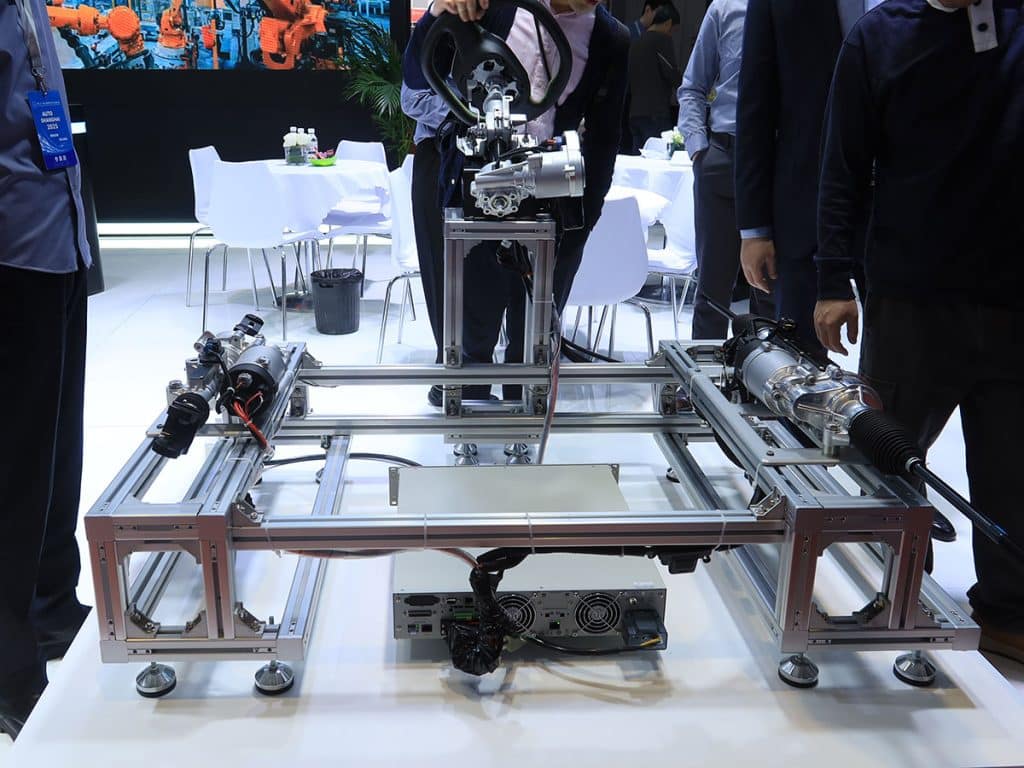The automotive steering system market is undergoing a rapid evolution from traditional mechanical structures to intelligent, electronically controlled systems. Electric Power Steering (EPS) has become the mainstream technology, and as autonomous driving levels advance, Steer-by-Wire (SBW) is emerging as the future direction of steering innovation.
Key trends shaping the future of Steer-by-wire technology include:
Building upon EPS technology, Steer-by-Wire system eliminates the mechanical connection between the steering wheel and the steering actuator. The system primarily consist of a road feel simulator, steering actuator, electronic controllers, and an array of sensors.
Given safety concerns, SBW systems incorporate dual-redundancy designs, with critical components like motors, control circuits, torque/angle sensors, and power supplies duplicated to ensure secure and reliable operation.

Key Features of SBW Systems:
Challenges Facing SBW Adoption:
As the pursuit of higher precision, faster response, and increased safety intensifies, intelligent driving demands that steering systems eliminate mechanical connections wherever possible. Commands are transmitted via electrical signals, making true SBW systems indispensable for vehicles reaching Level 3 (L3) autonomous driving capabilities and beyond.
In traditional vehicles, steering depends on driver input, with hydraulic or electric motors assisting the process. In contrast, SBW systems autonomously perform steering operations. Power transmission between the steering wheel and actuator is achieved via electrical cables, not mechanical linkages.

To meet L3 autonomous driving standards, steering systems must achieve an electronic failure rate comparable to aviation standards (approximately 10 failures per billion hours). This necessitates rigorous redundancy designs, involving dual electronic control units (ECUs), motors, and sensors to guarantee operational reliability even under extreme conditions.
As autonomous driving technology matures, steering system strategies face new challenges in environmental adaptability, reliability, and safety. Achieving fully autonomous driving in complex road conditions, recognizing failure modes, and implementing fault-tolerant controls will become critical research and development areas for next-generation Electric Vehicle Steering Systems
For the latest news please view Brogen’s Linkedin. For more videos please click Brogen’s Youtube.